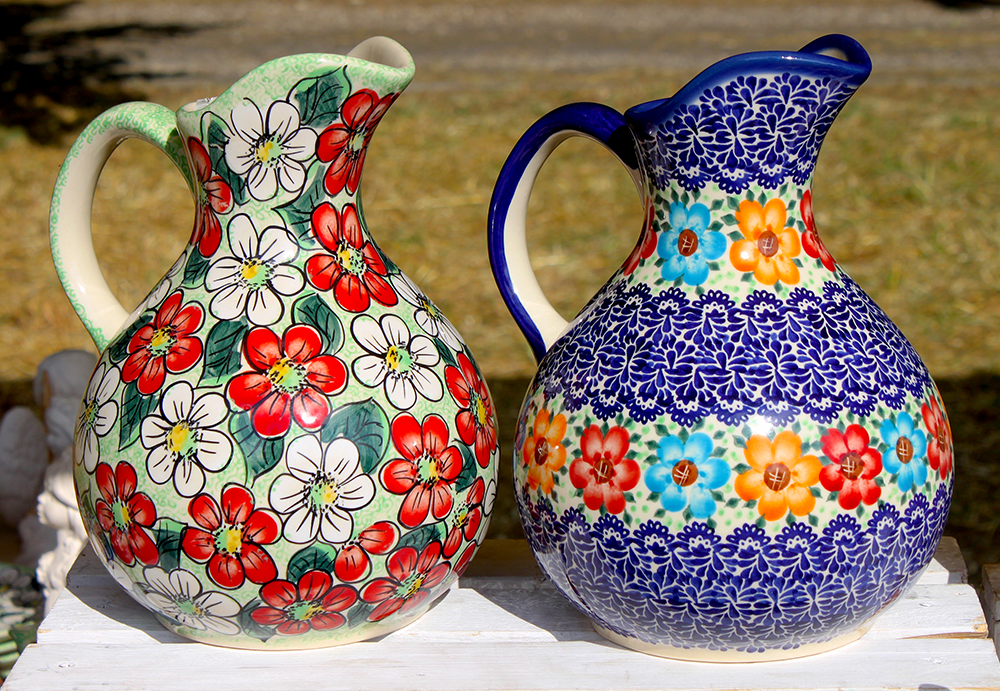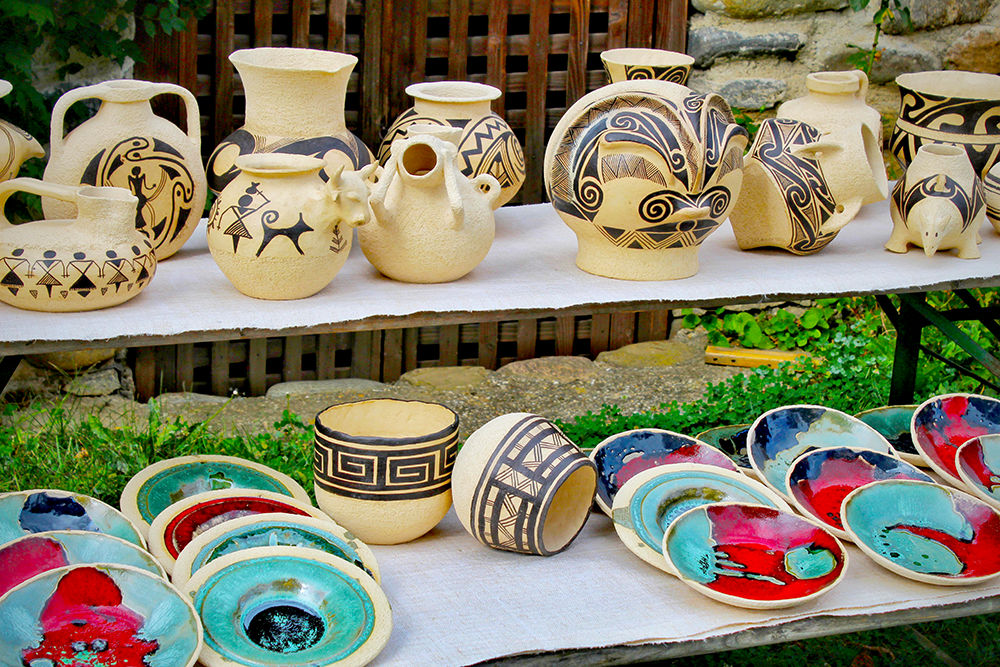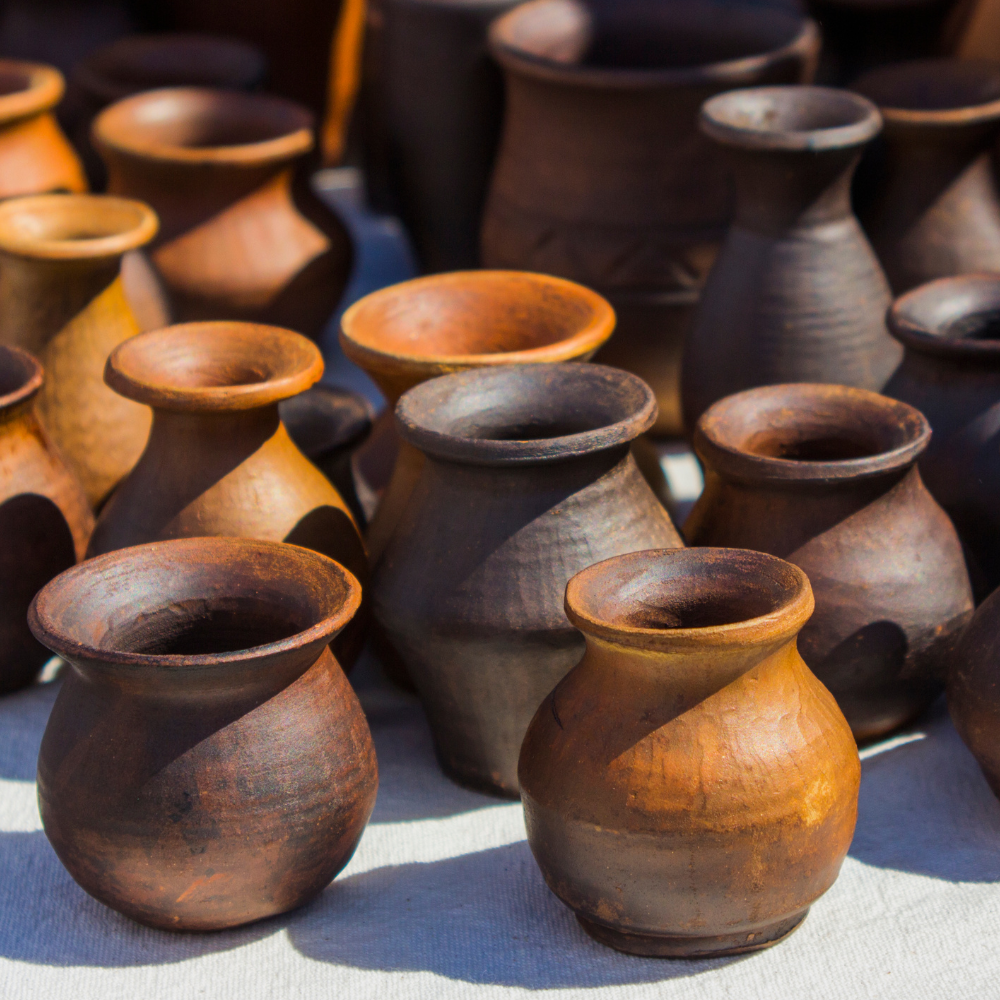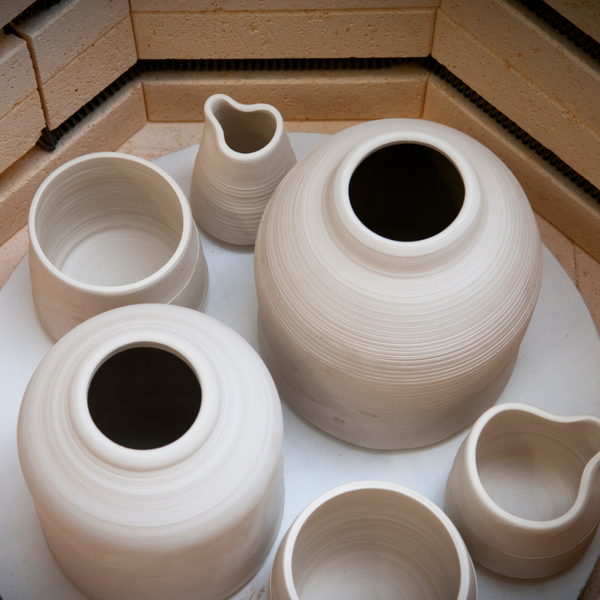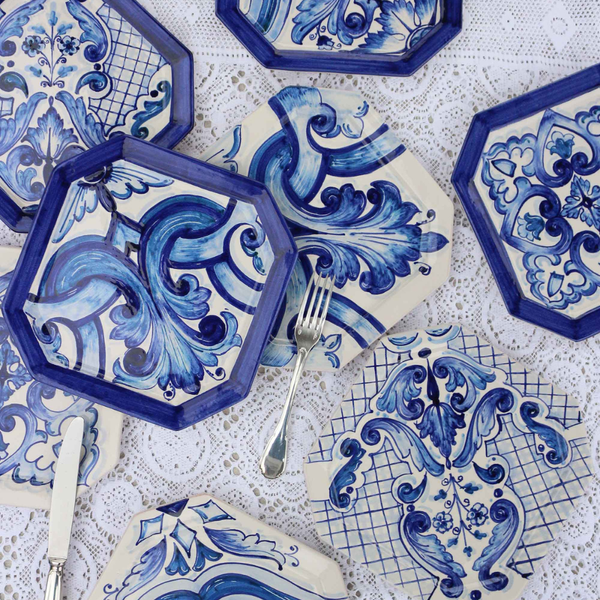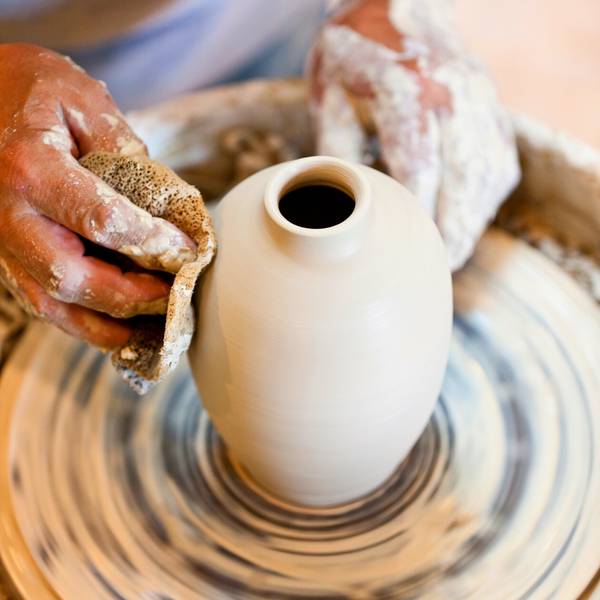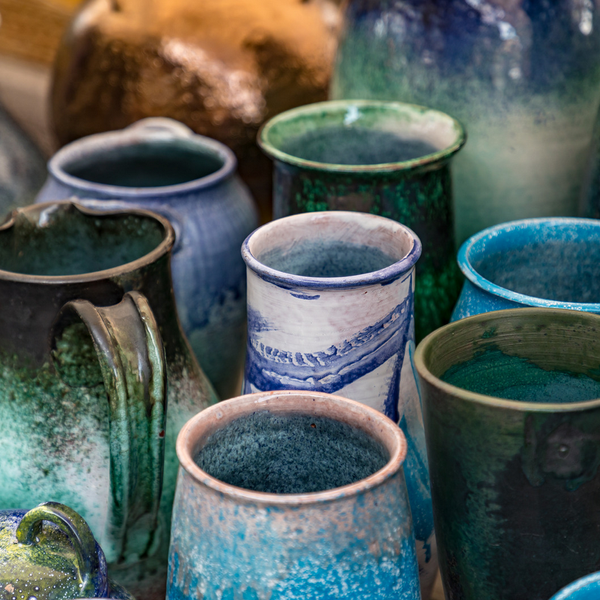Ceramics have woven themselves into the fabric of human history, serving as both practical tools and stunning works of art.
This beginner's guide will provide you with a basic understanding and introduction to the world of antique ceramics.
From the ancient pottery of bygone civilizations to the sleek, modern creations of today’s studio potters, the world of ceramics is rich with diversity and intrigue.
Whether you’re a seasoned collector or just starting your journey, identifying ceramics can be a thrilling adventure.
This guide will equip you with the essential knowledge to recognize and appreciate ceramics, from antique pottery and distinctive pottery marks to the various types like porcelain, stoneware, and earthenware.
Key Takeaways:
- Identifying ceramics involves examining physical attributes, marks, and firing techniques.
- Understanding the differences between porcelain, stoneware, and earthenware is crucial.
- Knowledge of pottery marks, artist marks, and artist signatures can significantly aid in identification.
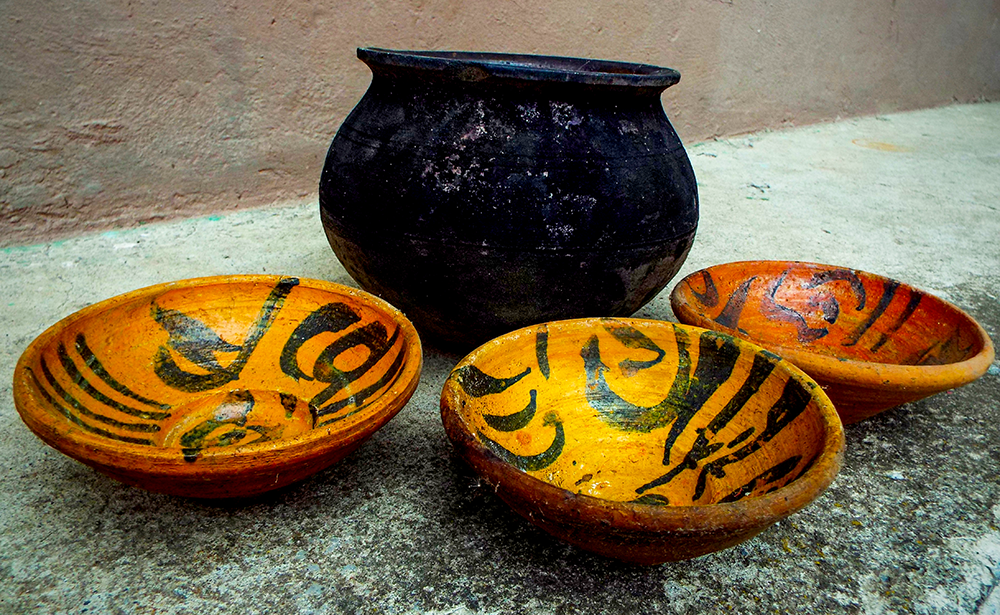

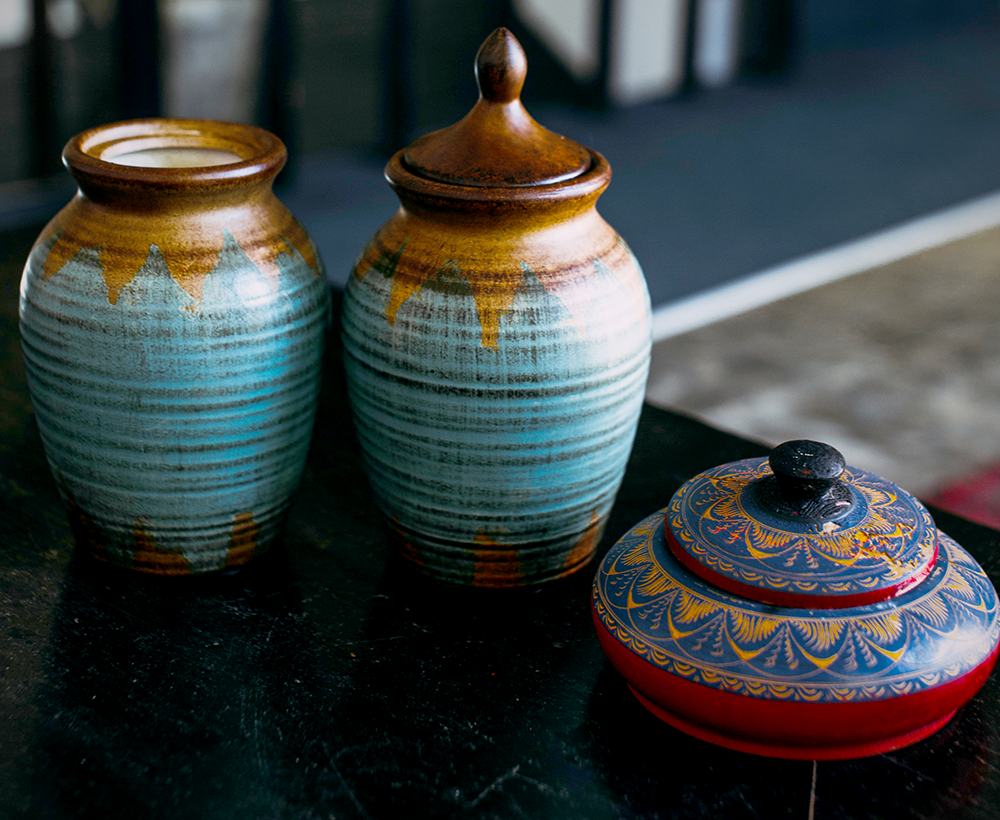
Understanding the Basics of Ceramics
Ceramics are objects made from clay and other raw materials, which are shaped and then fired at high temperatures.
The firing process hardens the clay, making it durable and often waterproof.
There are three main types of ceramics: earthenware, stoneware, and porcelain.
Each type has distinct characteristics that can help in identification.
Earthenware is the oldest type of ceramic and is typically porous and coarse.
It is fired at lower temperatures and is often covered with a glaze to make it waterproof.
Stoneware is fired at higher temperatures, making it more durable and less porous than earthenware.
Porcelain, the most refined type of ceramic, is fired at the highest temperatures and is known for its translucency and strength.
Examining Physical Attributes
When identifying ceramics, the first step is to examine the physical attributes of the piece.
Look at the shape, size, and weight of the object.
For example, a coffee cup made of porcelain will be lighter and more delicate compared to one made of stoneware.
The texture of the surface can also provide clues; porcelain is smooth and glass-like, while earthenware is rough and grainy.
Another important aspect to consider is the color of the clay body.
Earthenware typically has a reddish-brown color, while stoneware can range from gray to brown.
Porcelain is usually white or off-white.
The color of the glaze and any decorations, such as painting or patterns, can also help in identifying the type of ceramic.
Identifying Pottery Marks
Pottery marks, also known as pottery marks, are one of the most reliable ways to identify ceramics.
These marks can include the artist’s signature, the manufacturer’s logo, or other symbols that indicate the origin and age of the piece.
Pottery marks are usually found on the bottom of the object, such as the base of a vase or the underside of a plate.
There are several resources available to help identify pottery marks, including books, online databases, and auction catalogs.
For example, the mark of a well-known studio pottery artist can significantly increase the value of a piece.
It’s important to note that some marks may be difficult to read due to wear or damage, so a magnifying glass can be a useful tool.
Analyzing Firing Techniques
The firing technique used to create a ceramic piece can also provide valuable information for identification.
Earthenware is typically fired at temperatures between 1,000 and 1,150 degrees Celsius, resulting in a porous and relatively soft material.
Stoneware is fired at higher temperatures, usually between 1,200 and 1,300 degrees Celsius, making it more durable and less porous.
Porcelain is fired at the highest temperatures, often exceeding 1,300 degrees Celsius.
This high firing temperature gives porcelain its characteristic strength and translucency.
By examining the hardness and translucency of a ceramic piece, you can often determine the type of firing technique used.
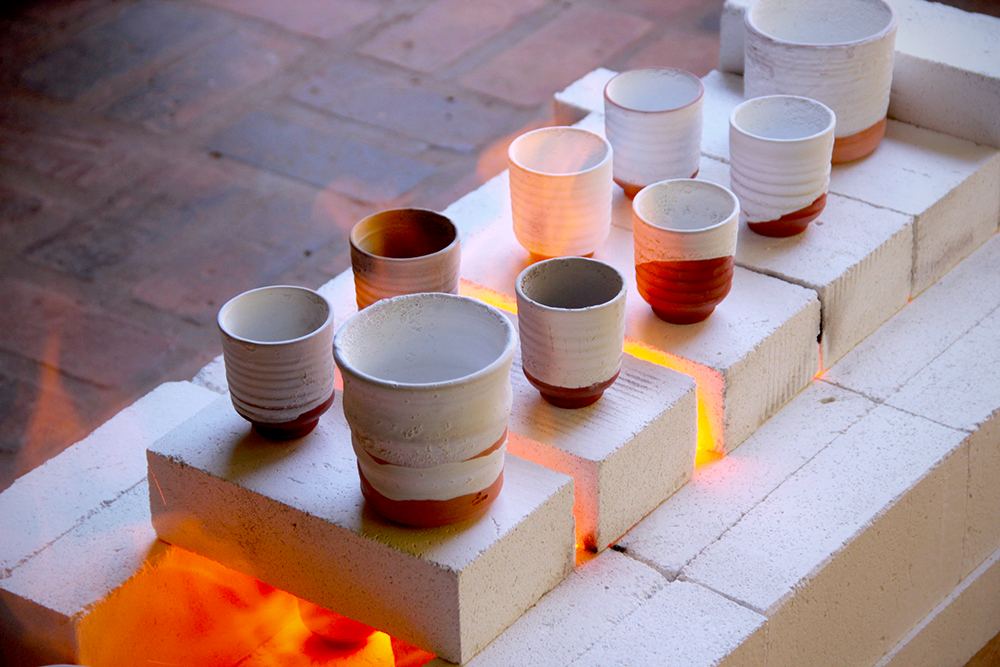

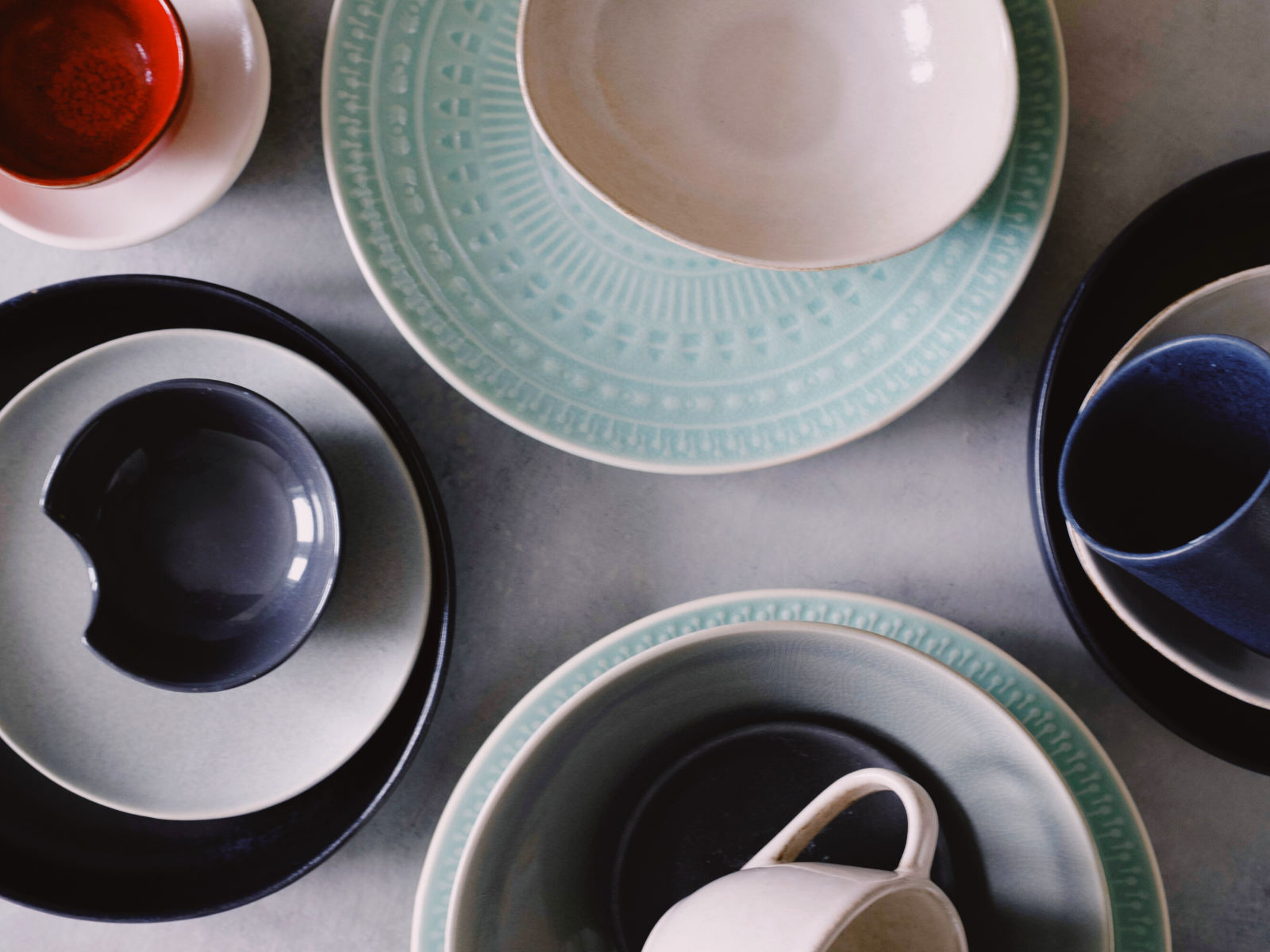
Recognizing Decoration and Painting
Decoration and painting are key elements in identifying ceramics.
The style and technique of decoration can provide clues about the origin and age of a piece.
For example, traditional Chinese porcelain often features intricate blue and white patterns, while Japanese ceramics may have more minimalist designs.
The type of ceramic paint used can also be an indicator.
Underglaze painting, where the design is applied before the final glaze, is common in many types of ceramics.
Overglaze painting, where the design is applied after the final glaze, is often seen in more decorative pieces.
By studying the decoration and painting techniques, you can gain insights into the history and value of a ceramic piece.
Understanding Clay and Paste
The type of clay and paste used in ceramics can vary widely and is another important factor in identification.
Earthenware is typically made from a coarse, red or brown clay, while stoneware uses a finer, more refined clay.
Porcelain is made from a very fine, white clay called kaolin.
The paste, or the mixture of clay and other materials, can also affect the characteristics of the ceramic.
For example, bone china, a type of porcelain, includes bone ash in the paste, giving it a unique translucency and strength.
By examining the clay and paste, you can often determine the type and origin of a ceramic piece.
Identifying Studio Pottery
Studio pottery refers to ceramics made by individual artists or small studios, often in limited quantities.
These pieces are typically handmade and can vary widely in style and technique.
Identifying studio pottery often involves looking for the artist's mark or signature, which is usually found on the bottom of the piece.
Studio pottery can be highly collectible, especially if the artist is well-known.
For example, a vase created by a famous studio potter can fetch a high price at auction.
By familiarizing yourself with the marks and styles of different studio potters, you can better identify and value these unique pieces.
Recognizing Antique Pottery
Antique pottery, typically defined as ceramics that are over 100 years old, can be highly valuable and collectible.
Identifying antique pottery often involves examining the style, marks, and physical attributes of the piece.
For example, a jug with a distinctive shape and decoration may be identified as a piece of 18th-century English pottery.
There are many resources available to help identify antique pottery, including books, online databases, and expert appraisals.
By studying the characteristics of different types of antique pottery, you can develop the knowledge and skills needed to identify and value these pieces.


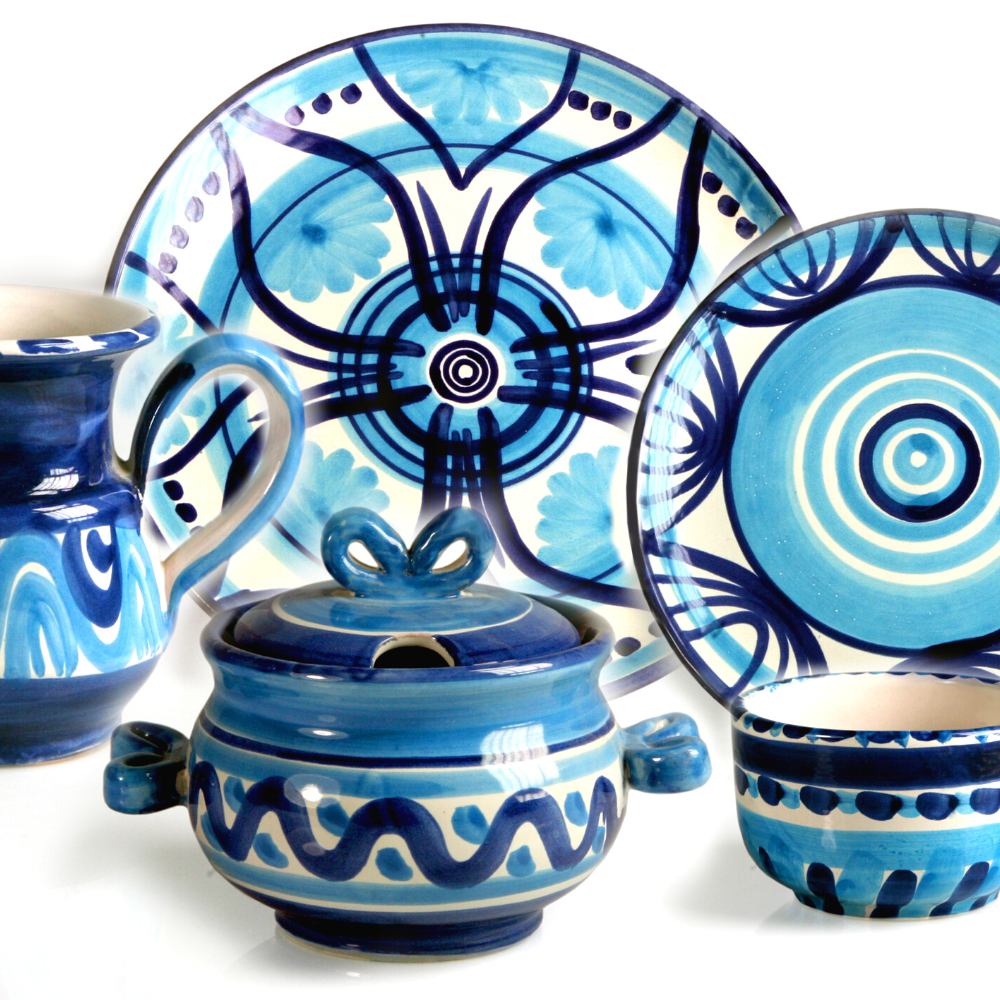
Using Auction Estimates
Auction estimates can provide valuable information about the value and authenticity of a ceramic piece.
Auction houses often provide detailed descriptions and estimates for ceramics, including information about the artist, origin, and condition of the piece.
These estimates can help you determine the value of a piece and make informed decisions about buying or selling ceramics.
For example, a coffee cup with a well-documented history and a high auction estimate is likely to be a valuable and authentic piece.
By researching auction estimates and comparing them to similar pieces, you can gain insights into the market value of ceramics.
Examining Unglazed Areas
Unglazed areas of a ceramic piece, often referred to as the unglazed area, can provide important clues for identification.
These areas, often found on the base or rim of the piece, can reveal the color and texture of the clay body.
For example, the unglazed base of a porcelain vase may show a fine, white clay, while the unglazed rim of an earthenware bowl may reveal a coarse, reddish-brown clay.
By examining unglazed areas, you can often determine the type of clay and firing technique used, which can help in identifying the type and origin of the ceramic piece.
This information can be especially useful when other identifying marks or decorations are not present.
Mysteries of Ceramics: Become a Connoisseur
Mastering the art of identifying ceramics is like unlocking a treasure chest of history and beauty.
By honing your skills in examining physical attributes, understanding firing techniques, recognizing decoration and painting styles, and identifying pottery marks, you can transform from a curious enthusiast to a knowledgeable connoisseur.
Embrace the journey of discovery and let each ceramic piece tell its unique story, enriching your appreciation and collection of these timeless artifacts.
Happy hunting!
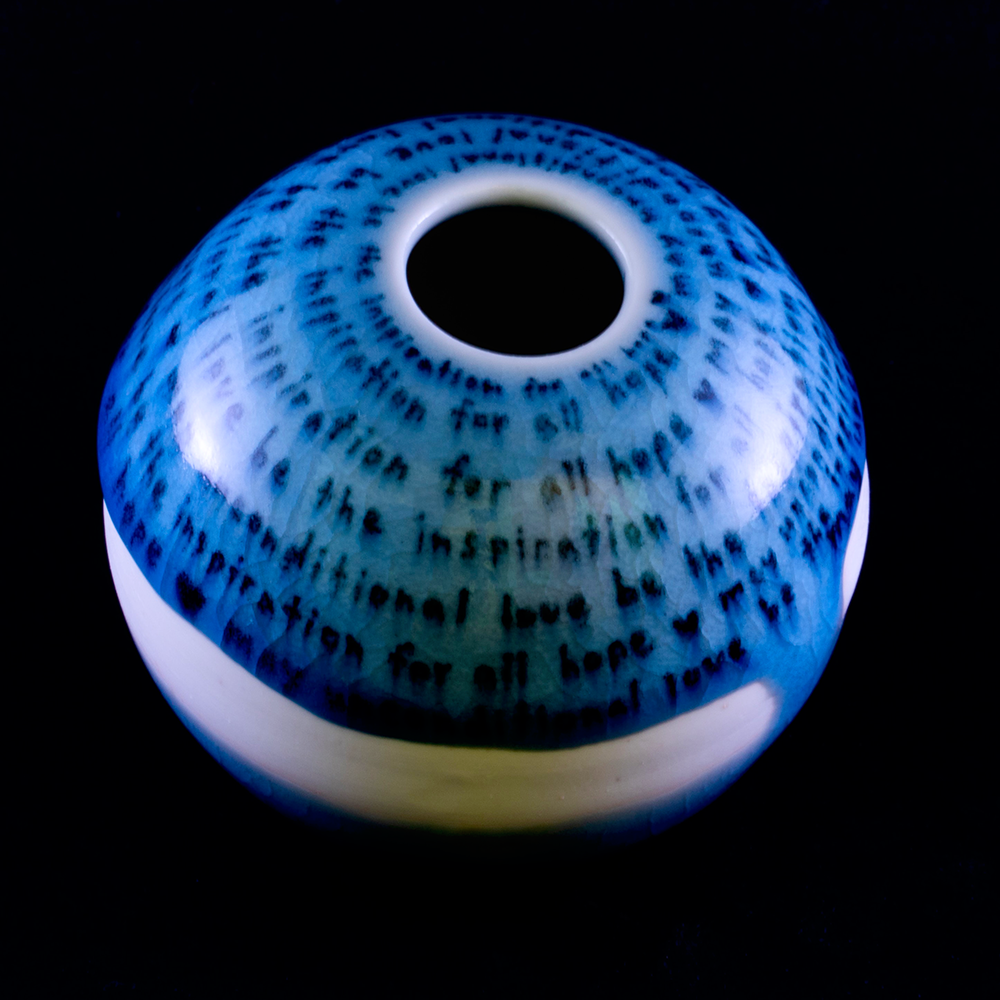
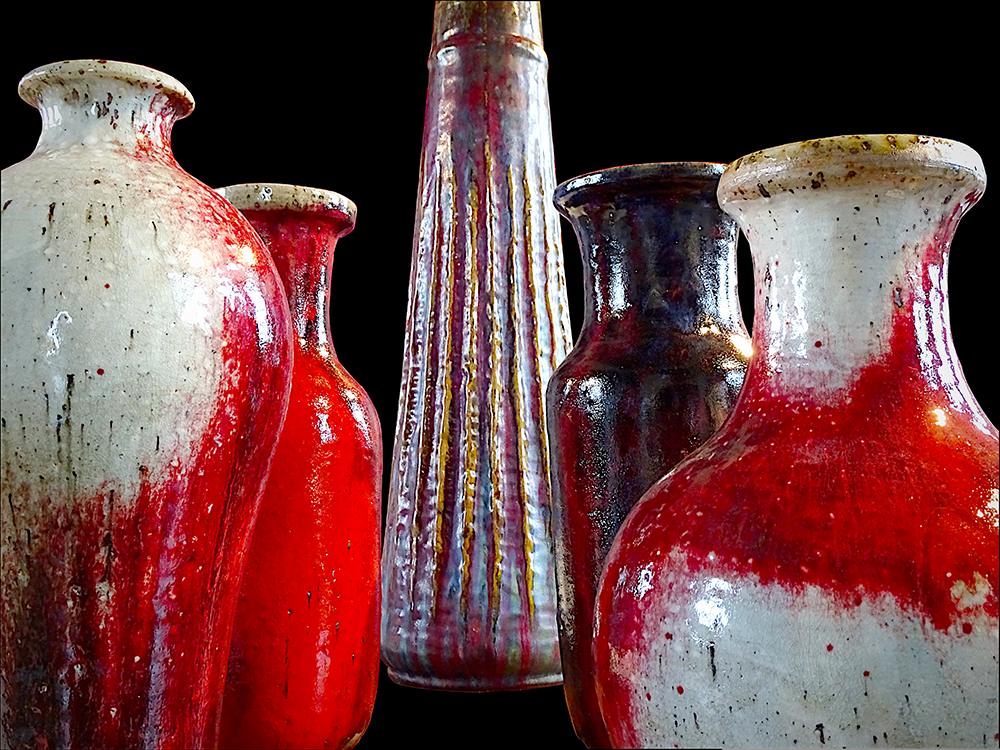

Ceramics FAQs
Are you curious about the fascinating world of ceramics?
Whether you're a seasoned collector or just starting to explore, this FAQ section is here to guide you through the essentials.
From understanding the different types of ceramics to identifying pottery marks and examining unglazed areas, we've got all the answers you need to appreciate and evaluate these beautiful pieces.
Dive in and discover the secrets behind earthenware, stoneware, and porcelain, and learn how to spot the telltale signs that make each piece unique.
Let's embark on this ceramic journey together!
What are the main types of ceramics?
The main types of ceramics are earthenware, stoneware, and porcelain. Earthenware is porous and coarse, stoneware is more durable and less porous, and porcelain is known for its translucency and strength.
How can I identify pottery marks?
Pottery marks are usually found on the bottom of the piece and can include the artist's signature, manufacturer's logo, or other symbols. Resources such as books, online databases, and auction catalogs can help identify these marks.
What should I look for in unglazed areas?
Unglazed areas can reveal the color and texture of the clay body, providing clues about the type of clay and firing technique used. For example, a fine, white clay indicates porcelain, while a coarse, reddish-brown clay indicates earthenware.
How do I care for and clean my ceramic pieces?
To care for and clean your ceramic pieces, use a soft, damp cloth to wipe them gently. Avoid using abrasive cleaners or scrubbers, as they can damage the ceramic glaze or surface. For stubborn stains, a mild detergent diluted in water can be used. Always dry your ceramics thoroughly to prevent moisture damage.
What is the difference between handmade and machine-made ceramics?
Handmade ceramics are crafted individually by artisans, often resulting in unique, one-of-a-kind pieces with slight variations in shape, color, and texture. Machine-made ceramics, on the other hand, are produced in large quantities using molds and machinery, ensuring uniformity and consistency in each piece.
How can I tell if a ceramic piece is antique?
Identifying an antique ceramic piece involves examining several factors, including the pottery marks, the style and design, the type of clay used, and signs of aging such as crazing (fine cracks in the glaze) or patina (a surface sheen developed over time). You can even look for a pottery mark or artist mark. Consulting with experts or using reference books and online resources can also help in determining the age of a ceramic piece.
What are some common ceramic glazing techniques?
Common ceramic glazing techniques include dipping, brushing, spraying, and pouring. Each method offers different effects and finishes. For example, dipping involves immersing the piece in glaze, resulting in an even coat, while brushing allows for more detailed and textured applications. Spraying can create smooth, even layers, and pouring can produce unique, flowing patterns.
Why do some ceramics have cracks or crazing in the glaze?
Cracks or crazing in the glaze occur when the glaze and the clay body expand and contract at different rates during the firing process. This can be due to differences in the composition of the glaze and clay, or variations in the firing temperature. While crazing can sometimes be seen as a flaw, it can also add character and a sense of history to the piece.
What is the significance of the firing temperature in ceramics?
The firing temperature is crucial in ceramics as it affects the strength, durability, and appearance of the final piece. Earthenware is typically fired at lower temperatures (around 1,000°C), making it more porous and less durable. Stoneware is fired at higher temperatures (1,200-1,300°C), resulting in a denser, more durable product. Porcelain is fired at the highest temperatures (1,300-1,450°C), giving it its characteristic strength and translucency.
Can ceramics be repaired if they break?
Yes, ceramics can often be repaired if they break. Epoxy adhesives and ceramic glue are commonly used to bond broken pieces together. For more significant damage, professional restoration services can repair and restore ceramics to their original condition. However, it's important to note that repaired pieces may lose some of their value, especially if they are antiques or collectibles.
What are some popular ceramic styles from different cultures?
Ceramic styles vary widely across cultures, each with its unique characteristics and techniques. For example, Chinese porcelain is known for its delicate, translucent quality and intricate blue-and-white designs. Japanese Raku pottery is celebrated for its rustic, hand-shaped forms and unique firing process. Mexican Talavera pottery features vibrant, hand-painted patterns, while Moroccan ceramics are renowned for their intricate geometric designs and bold colors.
How can I display my ceramic collection?
Displaying your ceramic collection can be both functional and decorative. Use shelves, cabinets, or display cases to showcase your pieces while protecting them from dust and damage. Grouping ceramics by color, style, or origin can create a cohesive and visually appealing display. Consider using plate stands or wall mounts for larger pieces, and ensure that your display area is well-lit to highlight the beauty of your collection.



Ready to dive into the world of ceramics? Check out Antiques Central's video!
Want even more content about creativity and art?
Be sure to check out all of our creative chronicles!
Love pottery and working with clay?
Check out some of our other ceramic articles:
-What is the difference between ceramics and pottery?
-Is stoneware the same as ceramic?
-What are the 5 methods of working with clay?
-What is the difference between hand building and throwing clay?
